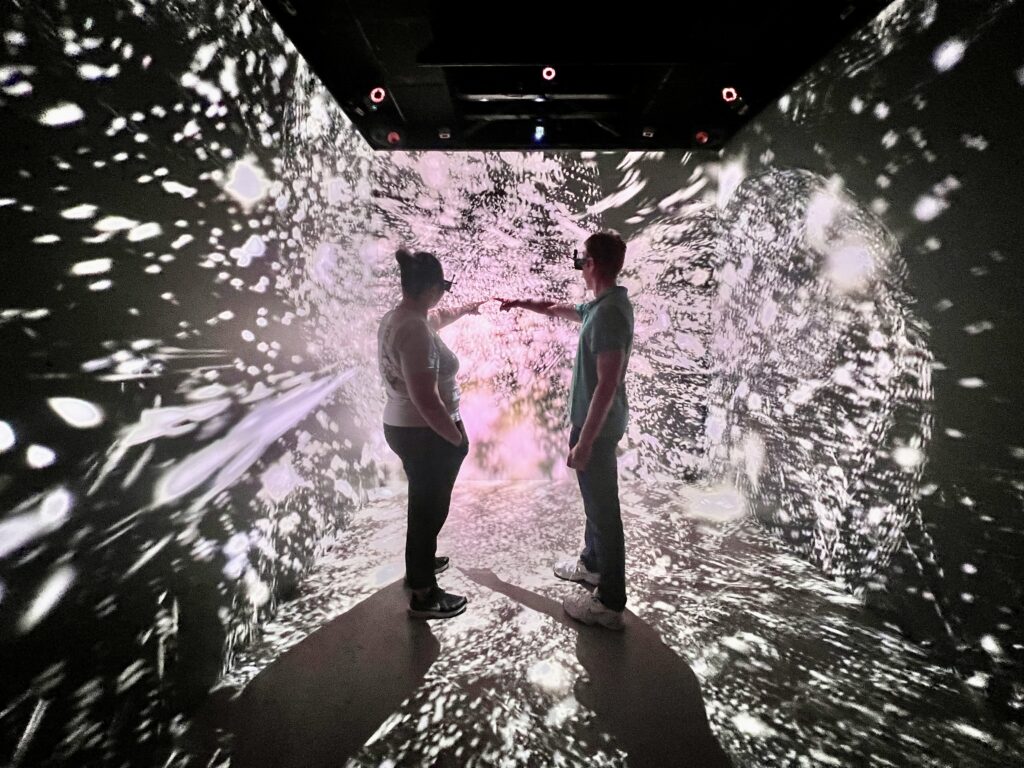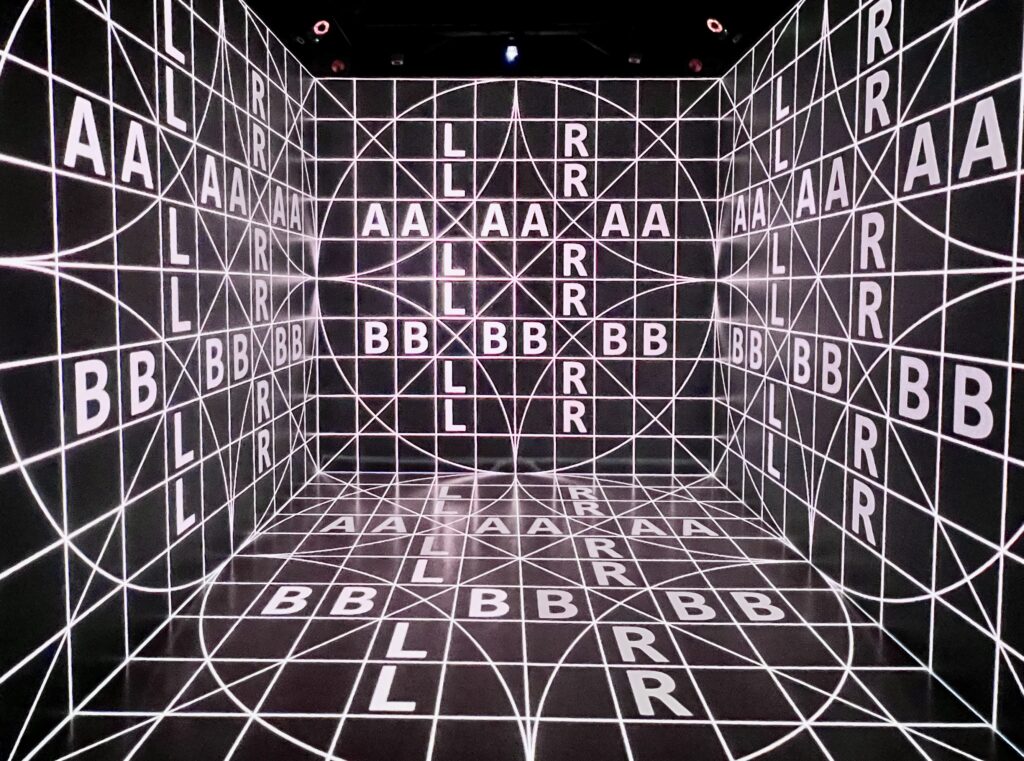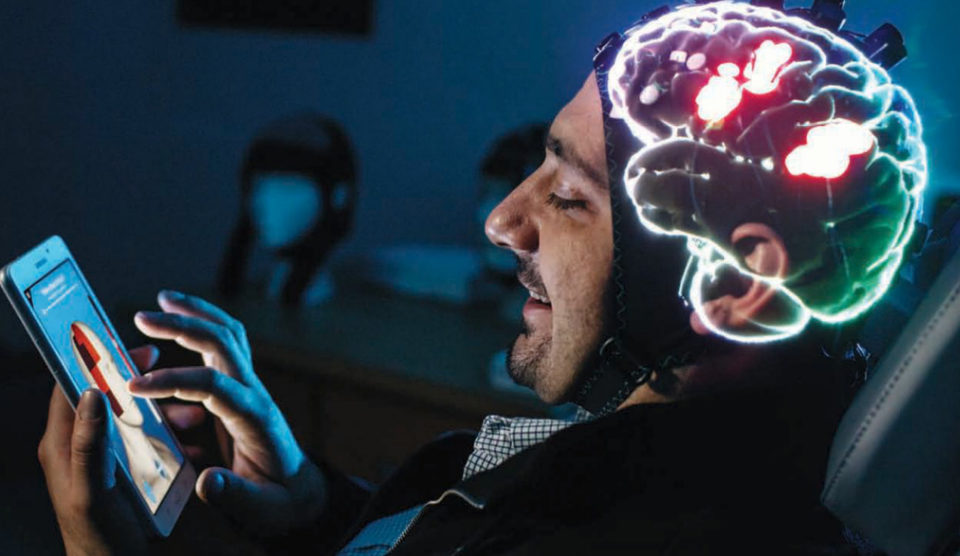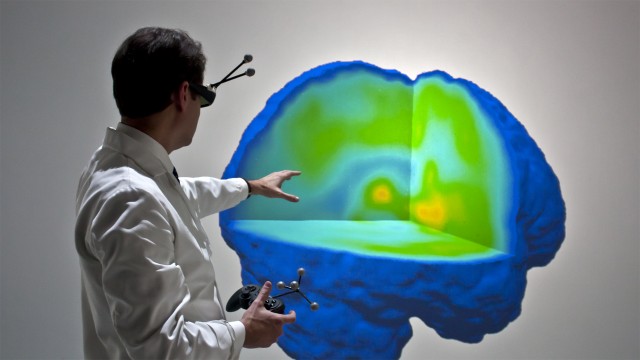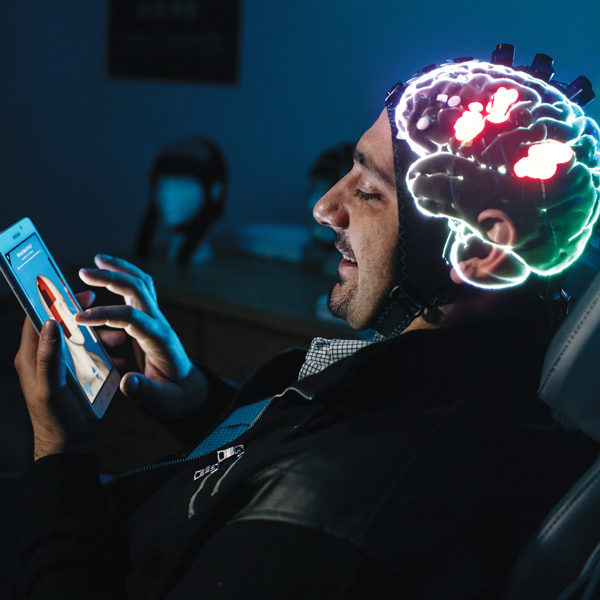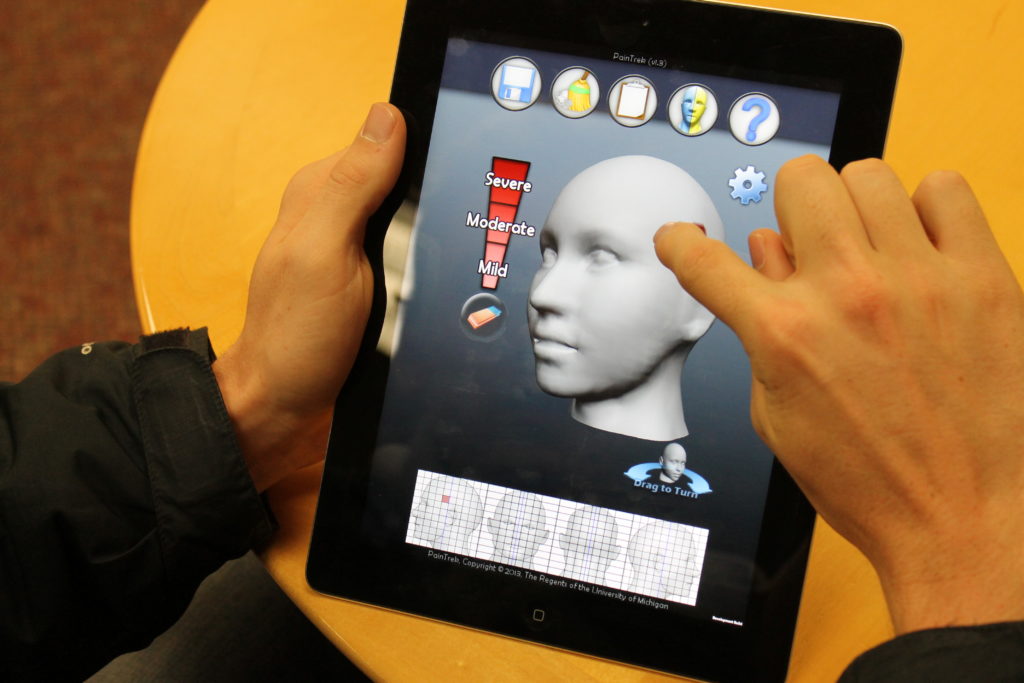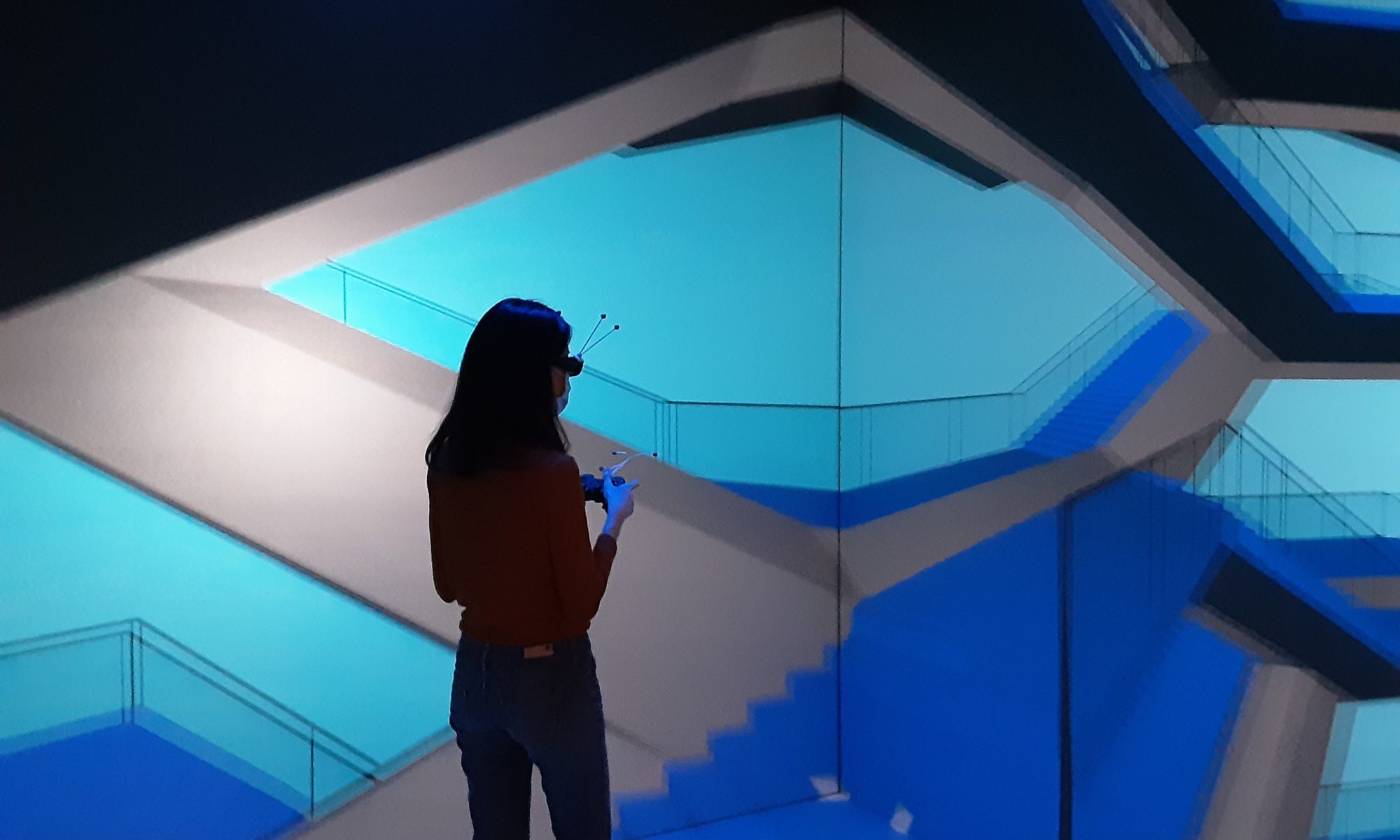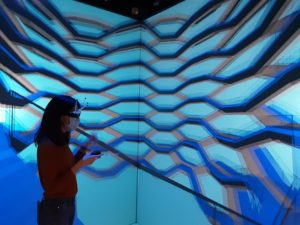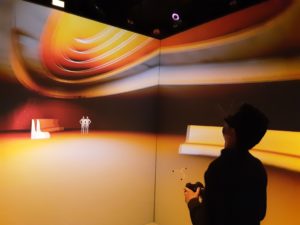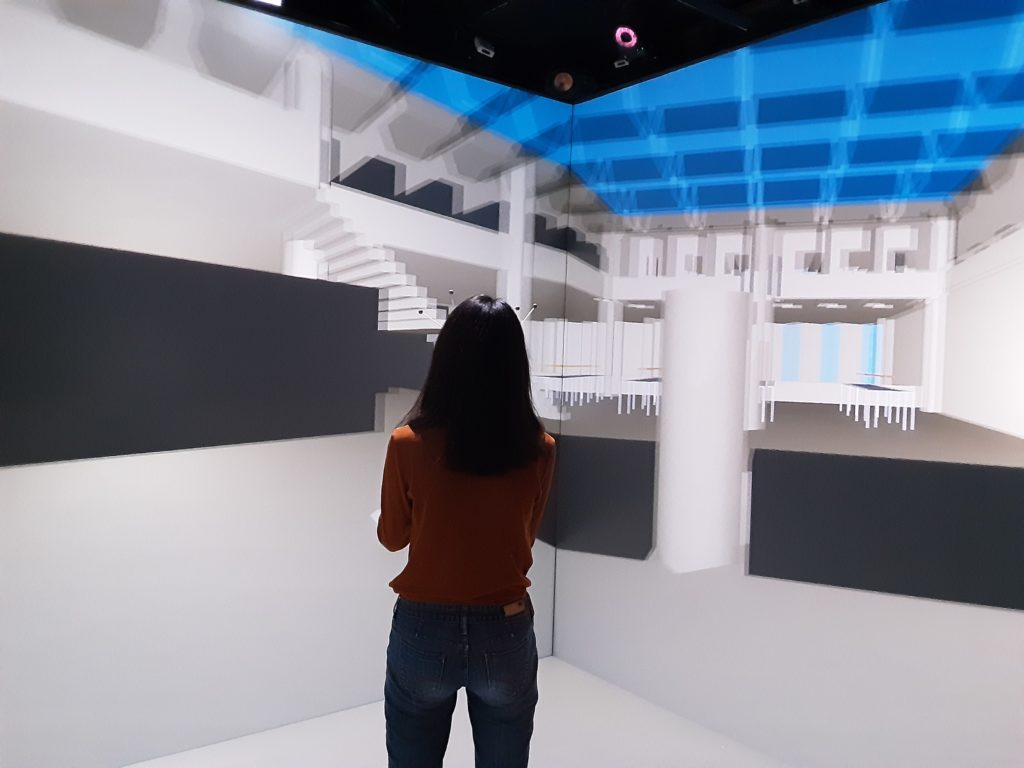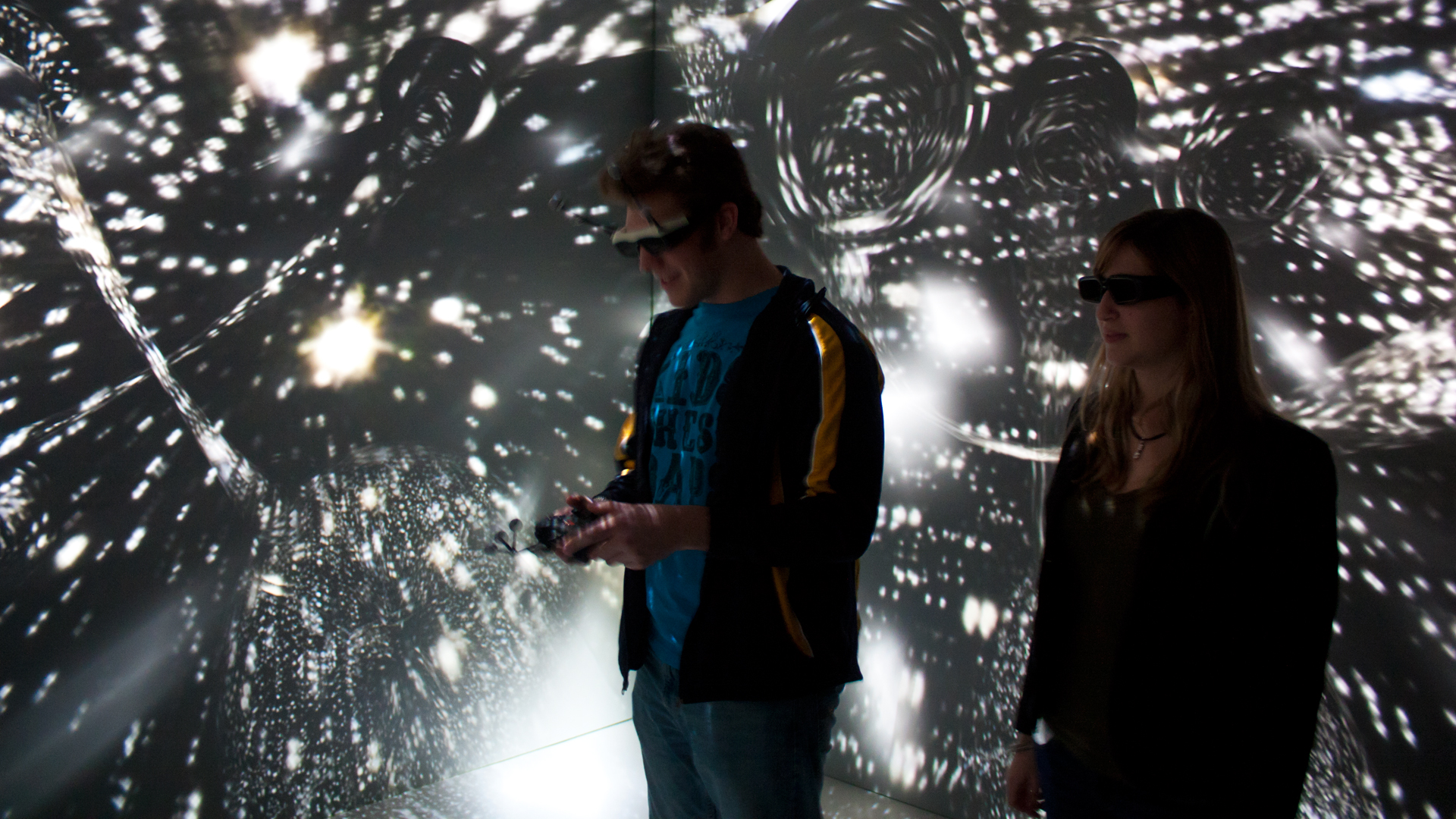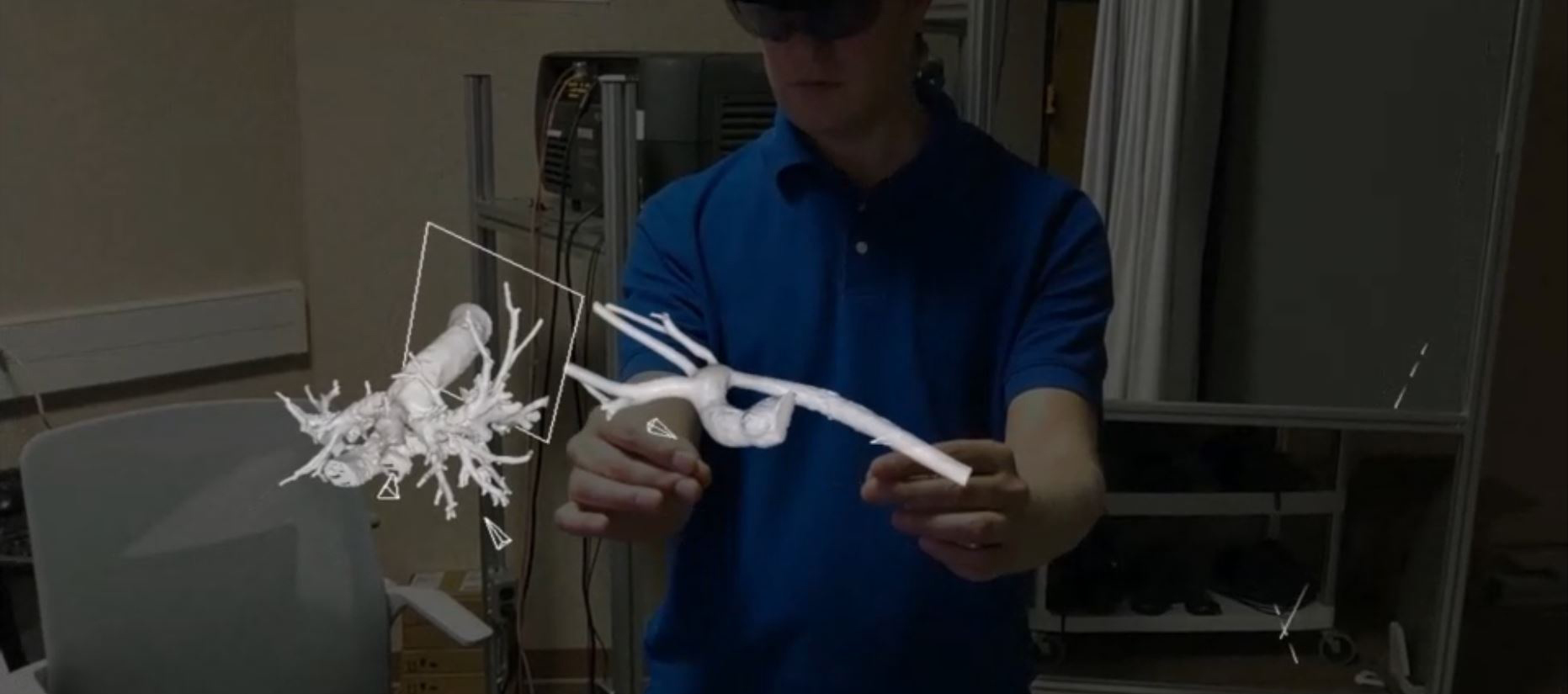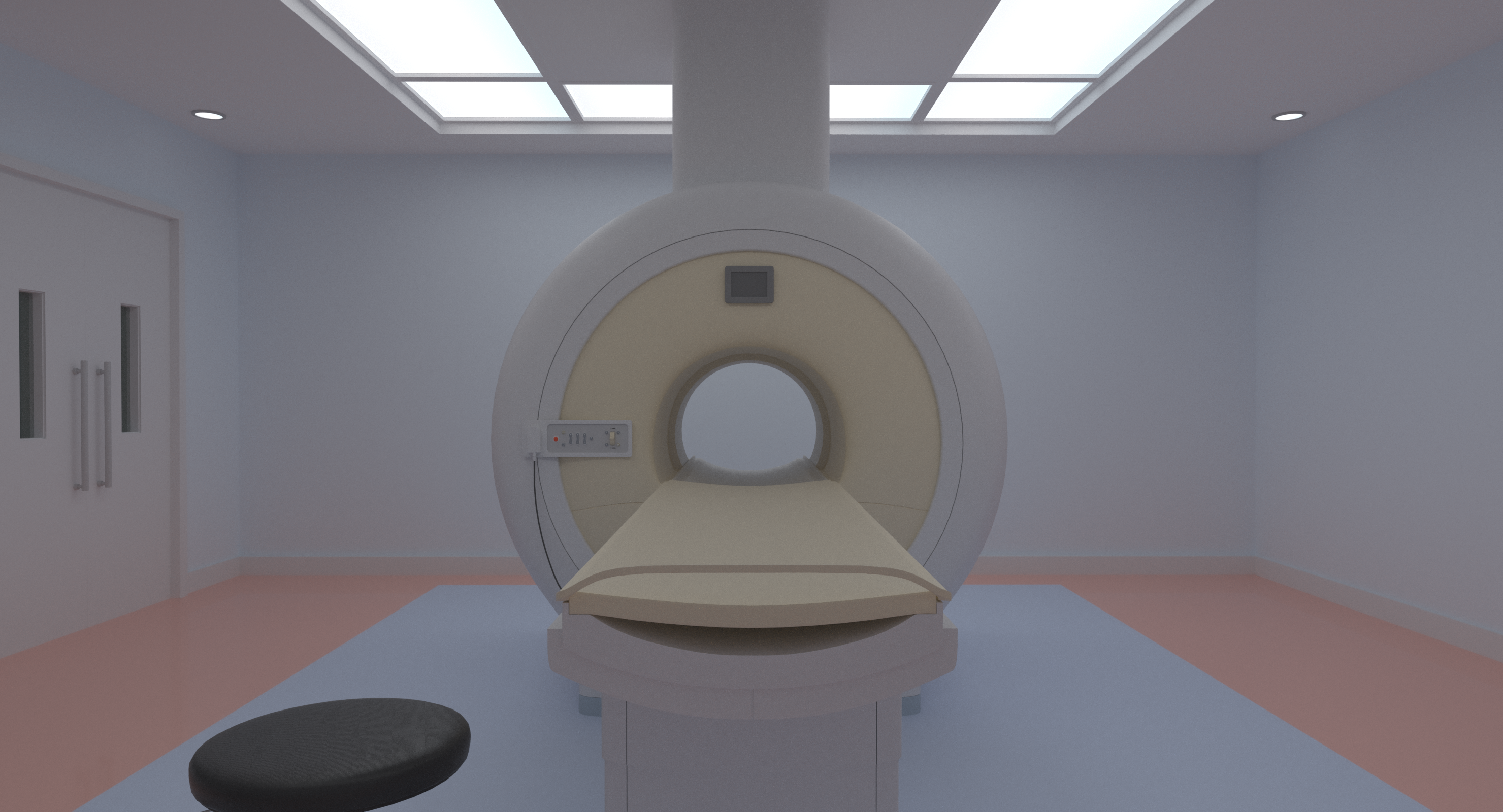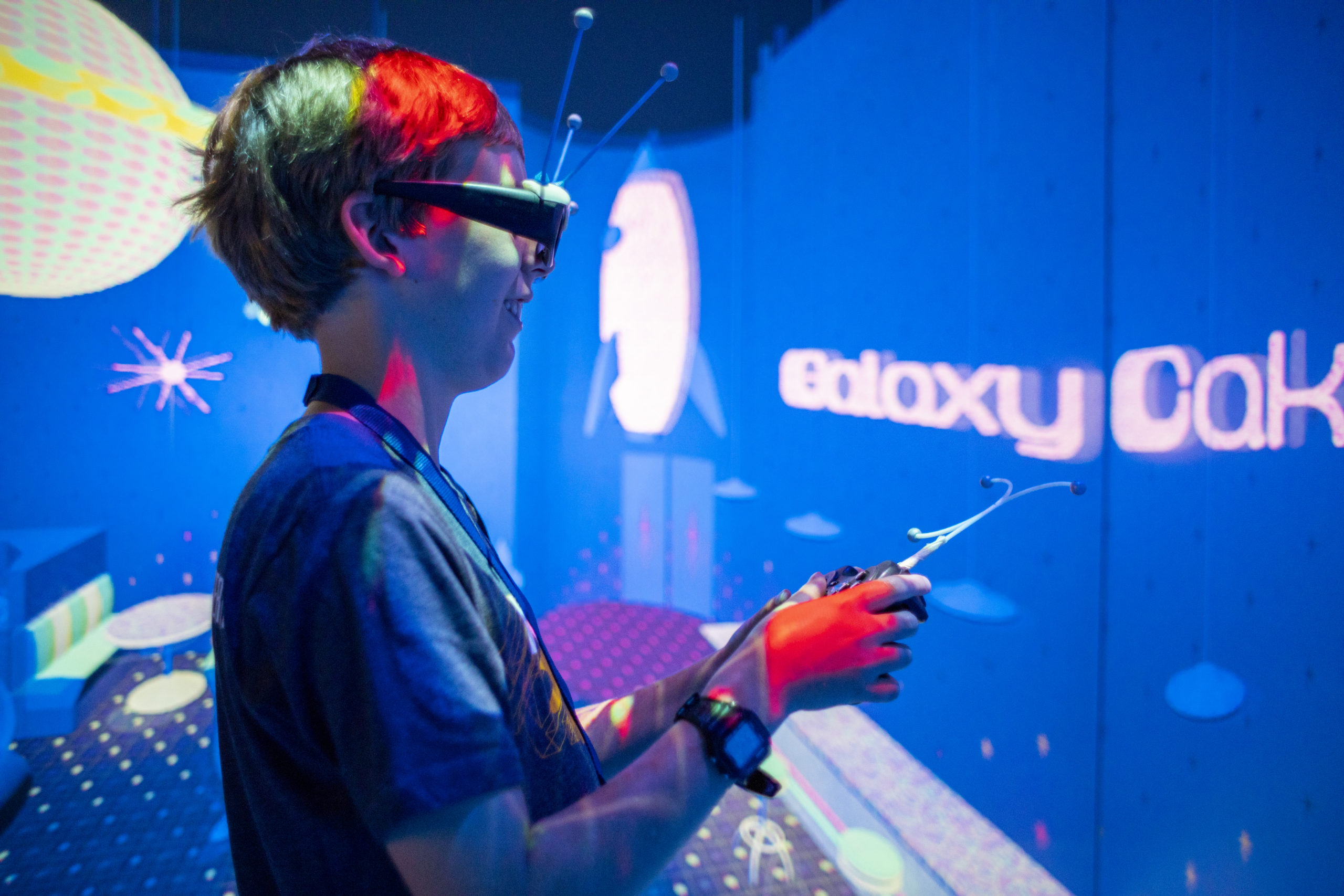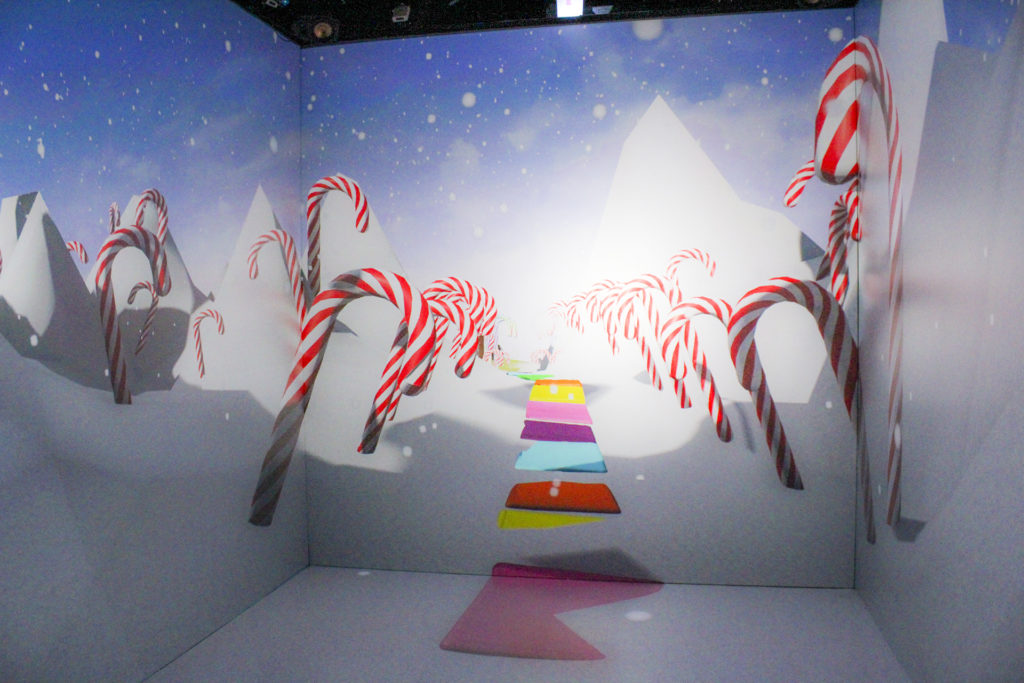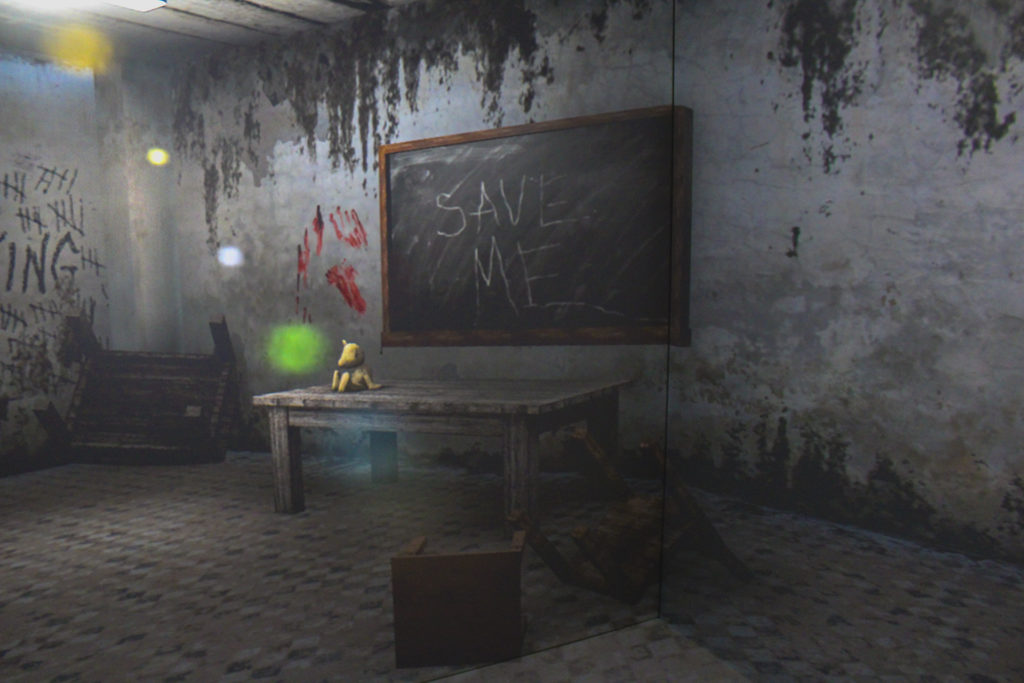Planting Disabled Futures
OPen Call for Artist Collaborators
Author
Petra Kuppers
Petra Kuppers is disability culture activist and a community performance artist. She creates participatory community performance environments that think/feel into public space, tenderness, site-specific art, access and experimentation. Petra grounds herself in disability culture methods, and uses ecosomatics, performance, and speculative writing to engage audiences toward more socially just and enjoyable futures.
Her latest project, Planting Disabled Futures, is funded by a Just Tech fellowship.
In the Planting Disabled Futures project, Petra aims to use live performance approaches and virtual reality (and other) technologies to share energy, liveliness, ongoingness, crip joy and experiences of pain.
In the development of the Virtual Reality (VR) components of the project, we will ask: How can VR allow us to celebrate difference, rather than engage in hyper-mobile fantasies of overcoming and of disembodied life? How can our disabled bodymindspirits develop non-extractive intimacies, in energetic touch, using VR as a tool toward connecting with plants, with the world, even in pain, in climate emergency, in our ongoing COVID world?
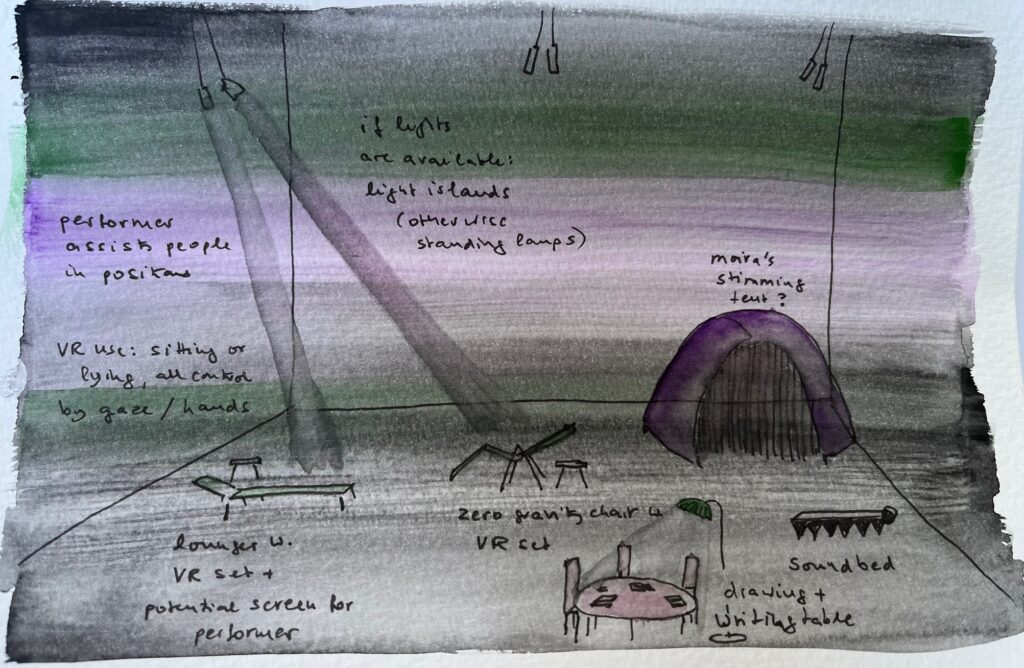
Petra envisions a sensory art installation equipped with a VR experience, stimming tent, a soundbed and a drawing and writing table. The VR experience would be supplemented by actors providing opportunities to engage with unique taste, touch and smell sensations as the environment is navigated.
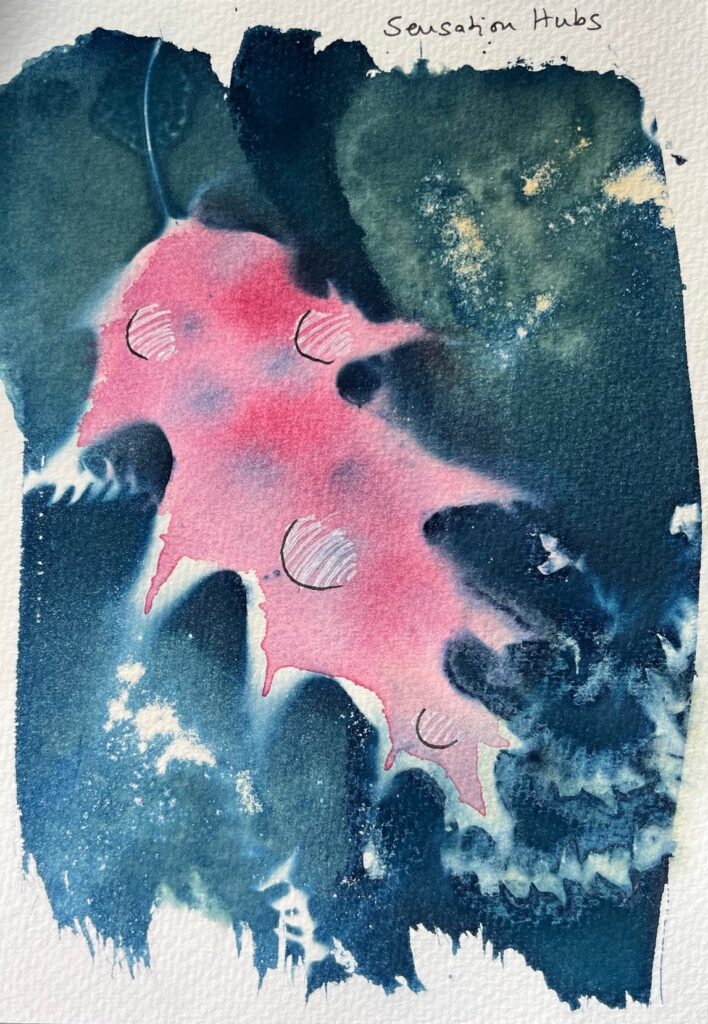
The VR experience involved in the Crip-Cave is expected to be tree-like environment that allows participants to select either a visual or an auditory experience. Participants can travel down to the roots and experience earth critters or up to the branches and into the leafy canopy. In both locations, “sensory hubs” would take participants on a journey to other worlds – worlds potentially populated with content produced by fellow artists.
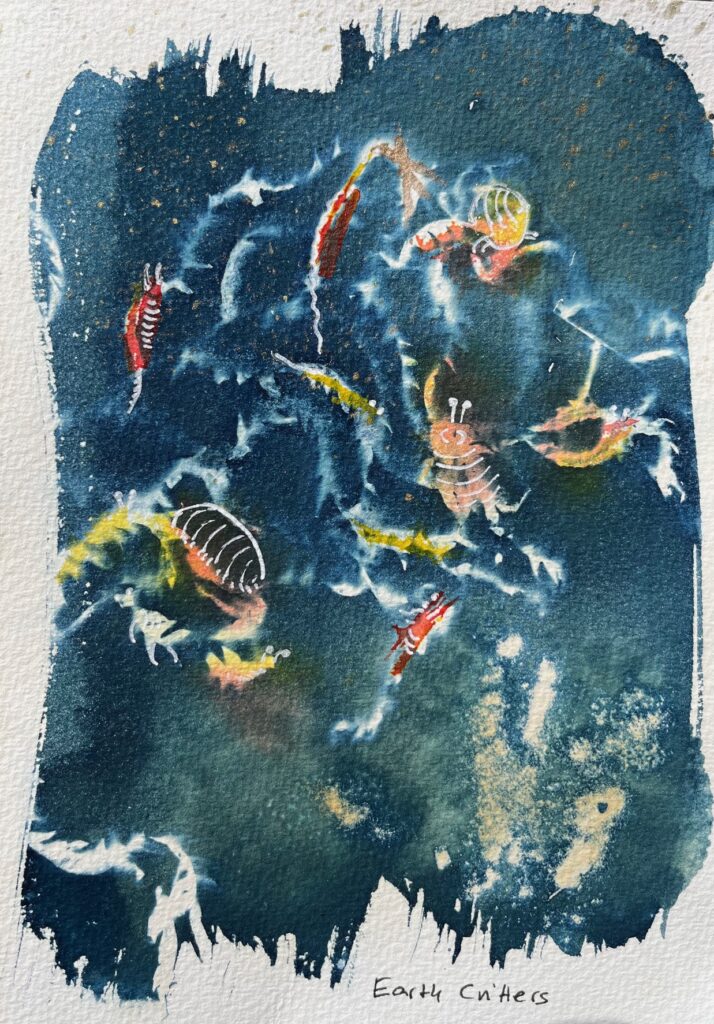
Artist collaborators are welcome to contribute their talents generating 3d worlds in Unreal Engine, reciting poetry, animating or composing music to create a dream journey in virtual reality. Artists generating digital content they would like considered for inclusion in this unique art installation can reach out to: [email protected]
To learn more about Planting Disabled Futures, visit:
https://www.petrakuppers.com/planting-disabled-futures



